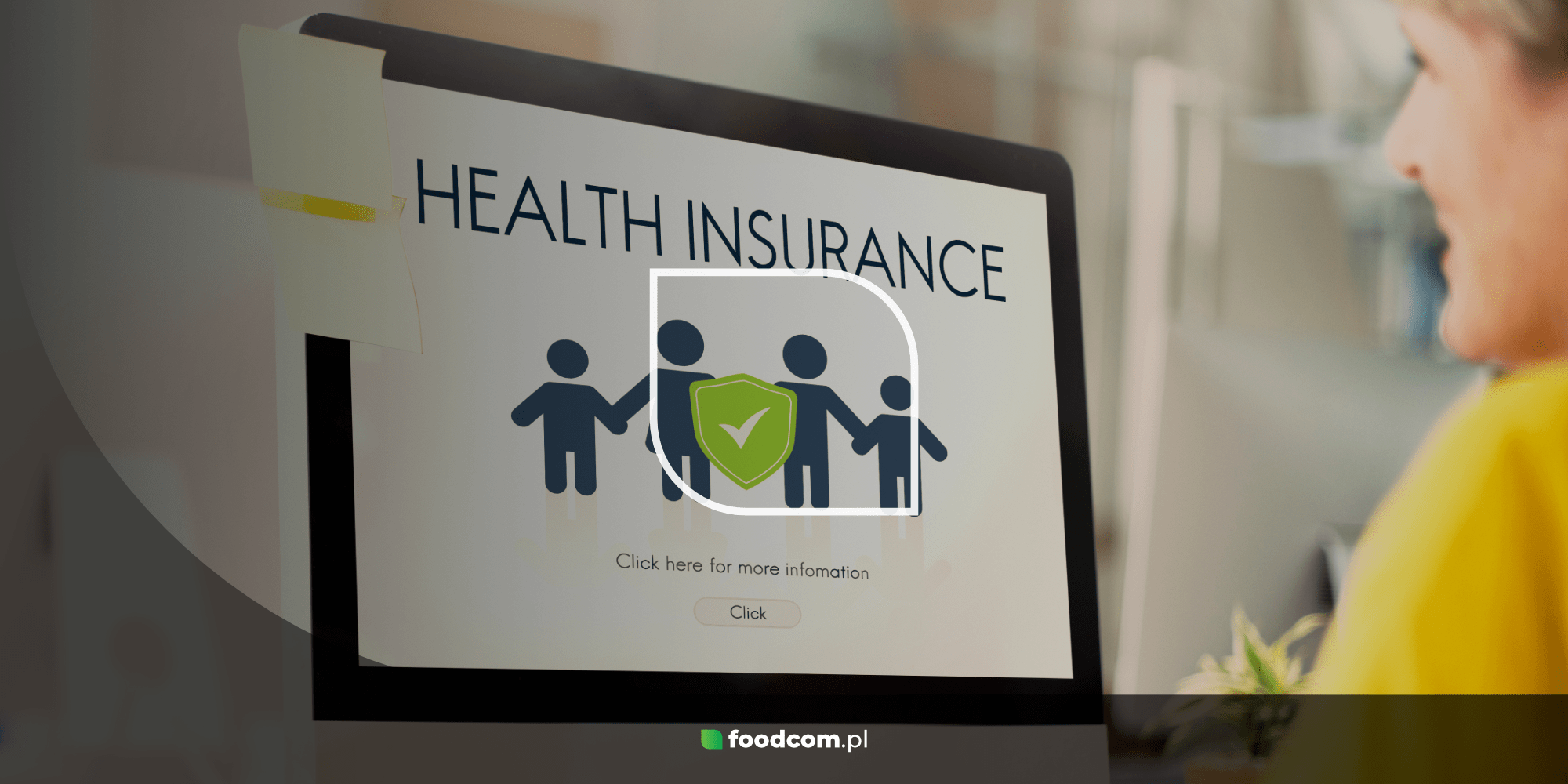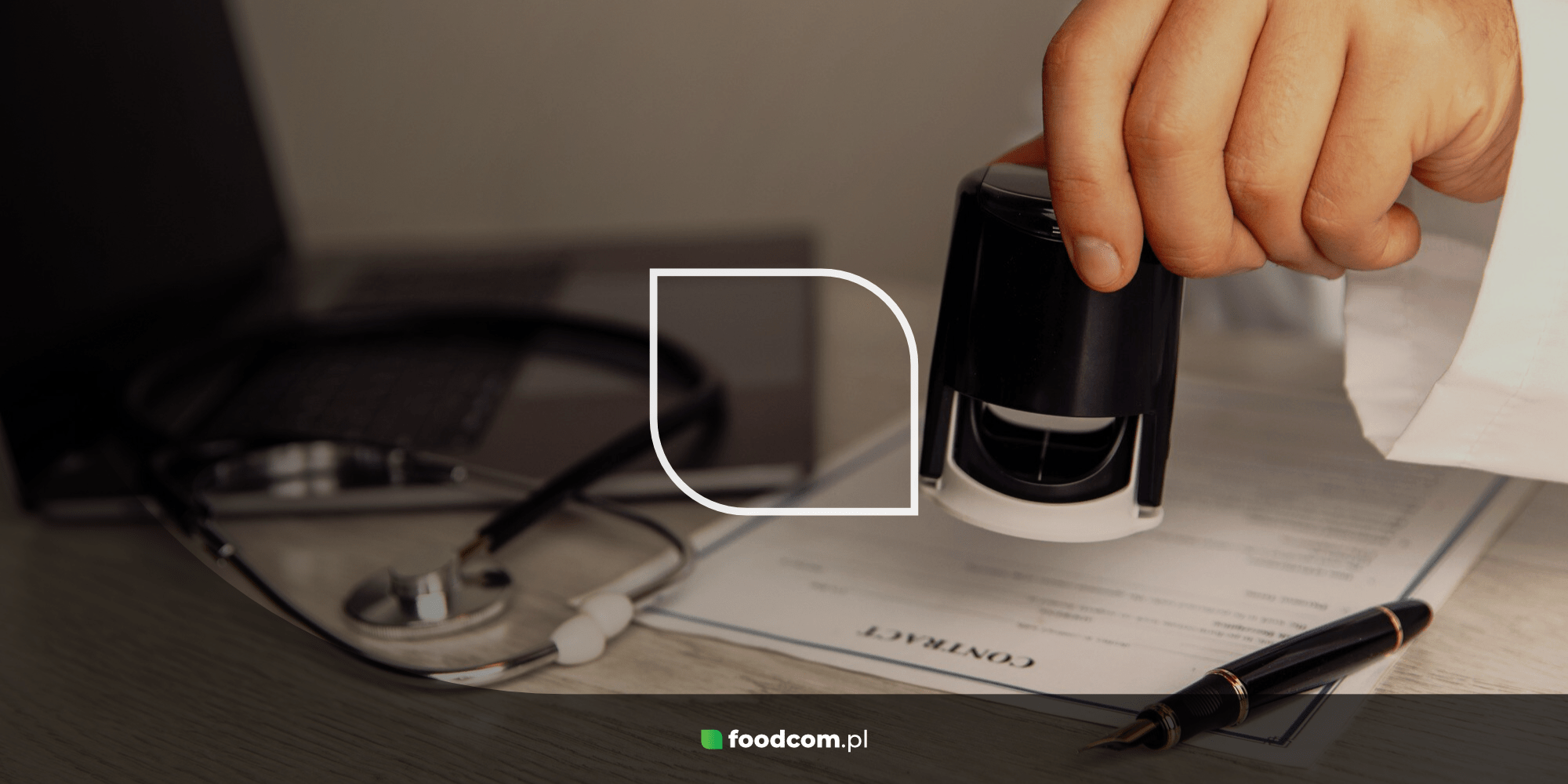- e-Skład System – since 2018, entrepreneurs can pay ZUS contributions with a single transfer to an individual Contribution Account Number.
- Checking contributions – insurance status can be checked via e-WUŚ, Internetowe Konto Pacjenta (IKP) and PUE ZUS.
- Minimum wage and contributions – the amount of contributions depends, among other things, on the minimum wage, which is set annually by the government.
- What to do in the event of irregularities? – If contributions have not been paid, contact your employer, ZUS or NFZ.
For many self-employed people, paying Social Security contributions can be a complicated and time-consuming process. However, as of 1 January 2018, ZUS has introduced changes that have greatly simplified the procedure for settling contributions. Entrepreneurs can now pay them in one transfer, without having to make several separate payments. In this article, we will suggest how to easily and quickly check your ZUS contributions to ensure that your employer pays them on time.
From the entrepreneur’s point of view, i.e. how does the e-Contribution system work?
On 1 January 2018, ZUS introduced the e-Contribution system, which revolutionised the way social security contributions are paid. Thanks to this change, entrepreneurs no longer need to make several separate transfers to different accounts – all contributions can be paid with one transfer. It is enough to enter the number of the individual Contributory Account (NRS), which the entrepreneur receives by letter from ZUS.
Every entrepreneur who has registered his or her business activity is assigned a Contribution Account Number. This is a unique number that is used to make payments for all social contributions, such as pension, disability, accident, sickness or health contributions. To make a transfer, simply enter this number in the transfer form and ZUS will independently assign the payment to the relevant contributions.
The Contributory Account Number can be easily found on the ZUS website in the search engine available on the e-contribution portal. You can also obtain it by contacting ZUS via the Call Centre or by visiting a ZUS branch.
How do income and minimum wage levels affect ZUS contributions?
It should be added that the amount of contributions that an entrepreneur has to pay depends, among other things, on the amount of his income. If an entrepreneur pays contributions on the basis of a factor such as the minimum wage, the amount of contributions changes, as the minimum wage is the basis for calculating pension, disability and accident insurance contributions. The amount of this wage is set annually by the government and its changes have a direct impact on the calculation of Social Security contributions.
Benefits of the e-contribution system
The new way of paying contributions brings many benefits to entrepreneurs. The most important of these are:
- Lower banking costs – entrepreneurs no longer have to pay for several transfers, which reduces the costs associated with banking services.
- Faster settlements – a payment to an individual Contribution Account Number is immediately settled by ZUS. You no longer need to worry about how ZUS will book the payment.
- No need to enter detailed data – on the transfer you only need to enter the amount of the contribution, the sender and recipient, and the Contribution Account Number. ZUS will itself assign the payment to the correct period, and any debt will be settled in favour of the entrepreneur, thus avoiding high interest.
- Simplicity – the new system allows the transfer form to be filled in quickly, making the whole process much easier.
How to check ZUS insurance and whether your contributions are paid correctly?
If you often ask yourself “am I insured?” or if you are an employee and simply want to check whether your employer pays ZUS, there are several ways to do this. Check them out below.
Electronic Verification of Beneficiary Entitlements – e-WUŚ
the e-WUŚ is a system that makes it quick and easy to check whether a patient is entitled to receive public healthcare under the National Health Fund. In this way, medical facilities – both public and private – can instantly verify whether a person has paid health contributions and is entitled to health care services financed by the NFZ.
Data in the e-WUŚ system comes from ZUS and KRUS and is updated automatically. Verification can be carried out on the basis of the PESEL number and proof of identity – this can be an identity card, passport, driving licence and, for pupils, a school ID card.
The system checks the health insurance status and immediately displays information on whether the patient is eligible for NHF services. If the patient is insured, he or she does not need to present additional documents – the system will automatically recognise his or her entitlement.
If the e-WUŚ system does not confirm the patient’s entitlement to health care services, and the patient is convinced that they should be insured, several steps should be taken:
- Contact your employer.
- Contact your social security office.
- Check your status as a pupil or student.
- Contact the Employment Office.
Internet Patient Account (IKP)
IKP is a platform that allows you to keep track of your health contributions. On it, you can check whether your health premiums have been paid and also get information on the cost of the medical services you have been granted by the National Health Fund. To check your health premiums:
- Log in to your Online Patient Account.
- Select the “My Account” tab.
- Under your details you will find the “Your health insurance” section and then click on the “View premiums” tile.
- In this section, you will see a list of employers who have enrolled you for health insurance, as well as the dates of your most recent contributions.
PUE ZUS – ZUS Electronic Services Platform
PUE ZUS is another opportunity to verify whether your contributions are paid regularly. PUE is an online portal that allows you to check the status of your pension, disability, accident, sickness and health contributions. To use this option:
- Log in to the PUE ZUS Electronic Services Platform.
- Go to the ‘Insured’ tab and select ‘Account balance information’.
- Check that your employer pays all contributions on time.
- You can also check the details of your health contributions under the “Health insurance data” tab.
With the above tools, you can keep track of your premiums and make sure that everything is in order.
A visit to ZUS
If you do not have access to the internet or prefer face-to-face contact, go to your nearest ZUS branch where you can request information on your contributions on the ZUS form US-7. The form is available both at ZUS and on the Department’s website.
ZUS contributions – what should you do if you notice irregularities?
If you find that your employer has not paid your contributions in the correct amount or at all, you need to take the appropriate steps. In the case of health insurance contributions, you should contact the National Health Fund to clarify the situation. For other social security contributions, contact the ZUS directly to report the problem.
How can I avoid problems with my health insurance?
Checking your ZUS contributions has never been easier. The System-Contribution, the PUE ZUS Electronic Services Platform and the Internet Patient Account are useful platforms where employees and entrepreneurs, including Foodcom S.A., can check ZUS contributions on an ongoing basis and avoid problems with delays.
It is important to monitor your contributions on a regular basis, especially in the context of health insurance, to ensure that you receive medical care without any problems if necessary.
![How to check your Social Security contributions? [A Practical Guide] How to check your Social Security contributions? [A Practical Guide]](https://foodcom.pl/wp-content/uploads/2025/02/najprostszy-sposob-na-monitorowanie-skladek-zus-1520x760.png)








